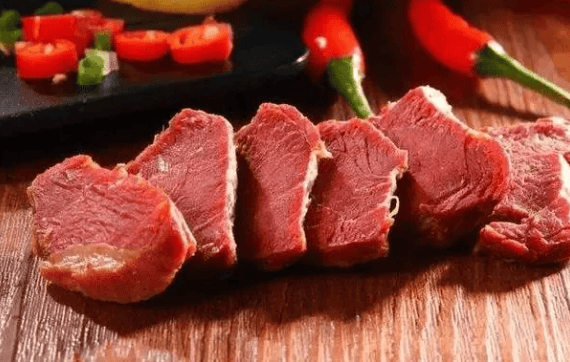Many people starve themselves or skip certain foods in order to lose weight. Some believe that to lose fat, one must eat less meat! However, this is a misconception. Today, let’s talk about how eating more meat can actually help in losing weight!
Most meats consist of fats and proteins. By choosing the right types of meat, we can easily slim down and eat well at the same time!
During the weight loss process, it is crucial to eat meat in moderation. Meats are a significant source of proteins which play a key role in maintaining muscle mass, boosting metabolism, and enhancing fat burning. Here are some recommendations on how to eat meat during weight loss:
1. Opt for lean meats
· Chicken breast: Chicken breast is a top choice during weight loss due to its low fat content and high-quality protein. Consuming chicken breast in moderation can help increase satiety and reduce the intake of other high-calorie foods.
· Fish: Fish, especially deep-sea varieties like salmon and sea bass, are excellent choices for weight loss. They are rich in high-quality proteins, unsaturated fatty acids, vitamins, and minerals which can help lower cholesterol, protect cardiovascular health, and are relatively low in calories.
· Lean beef: Choose lean beef cuts such as tenderloin and beef shank, which are low in fat but rich in iron, zinc, and other minerals that can boost immunity and maintain overall health.
· Lean pork: Pork cuts with low fat content are also beneficial when consumed in moderation. They can meet the body’s protein needs and promote metabolism.
· Shrimp: Shrimp is rich in high-quality protein and low in fat. It also contains taurine which helps maintain cardiovascular health.
2. Control the amount consumed
· During weight loss, limit meat intake to no more than 100 grams of lean meat per day. This helps avoid excessive fat and calorie intake while ensuring an adequate protein supply for the body.
3. Opt for light cooking methods
· Choose steaming, boiling, stewing, and other light cooking methods over frying, grilling, or other high-fat, high-calorie cooking methods. This reduces the addition of extra fats and seasonings, lowering the overall calorie content of the food.
4. Pair with vegetables
· When consuming meat, include vegetables in the meal. Vegetables are rich in dietary fiber, vitamins, and can enhance satiety, reducing the consumption of meat while promoting digestion and gut health.
5. Pay attention to food combinations
· When eating meat, consider pairing it with low-calorie, nutritious foods like fruits, whole grains, etc., to maintain a balanced and diverse diet.
Proteins play a vital role in the body’s metabolism. They are essential for muscle building, tissue repair, enzyme and hormone production. A lack of protein can lead the body to break down muscle to obtain necessary amino acids, reducing muscle mass. Since muscles are a major tissue that consumes energy, a decrease in muscle mass lowers the basal metabolic rate, making it easier for the body to store fat.
Although not eating meat may lead to weight loss, the decrease often involves loss of muscle and water rather than fat. This method of weight loss is not only unhealthy but also unsustainable. When normal eating resumes, due to the decreased metabolic rate, the body easily accumulates fat again, leading to potential weight rebound.


